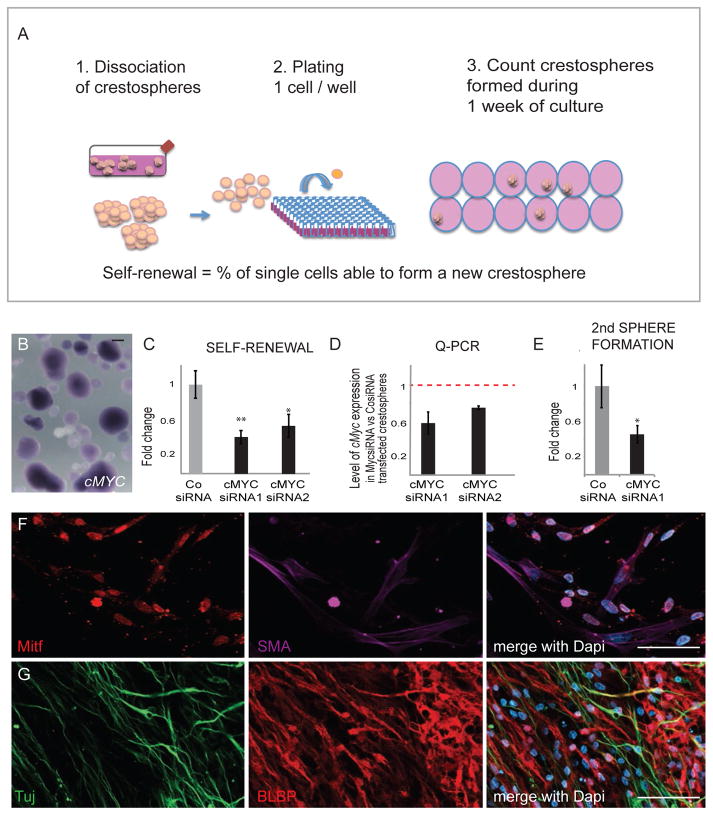Figure 3. cMyc Regulates Self-Renewal But Not Multipotency Of Neural Crest Cells.
(A) Self-renewal was measured in vitro by using the colony forming assay on crestospheres (B) that express high levels of cMyc mRNA as shown by in situ hybridization. (C) siRNA knockdown of cMyc significantly reduces neural crest cell self-renewal capacity (siRNA1: average=0.41 fold, SEM= 0.076; n=6; siRNA2: average= 0.54 fold, SEM 0.13, n=6; CosiRNA average = 1 fold, SEM=0.152, n=12, ttest siRNA1/Co p=0.00358; siRNA2/Co p=0.0355). (D) Reduced cMyc expression levels after siRNA knockdown (average for siRNA1 = 0.577, SEM 0.121, n=3; siRNA2= 0.748, SEM 0.022: n=3). (E) cMyc knockdown also reduces secondary sphere formation capacity (cMyc siRNA = 0.456208929, sem 0.092996221 n=6; control siRNA = 1, sem= 0.237695836 n=6; p=0.04310364). (F–G). Differentiation of neural tube explants electroporated with cMycMO. cMyc deficient neural crest cells were able to differentiate into all major types of neural crest derivatives: melanoblasts (Mitf), Smooth muscle (SMA), neurons (TUJ1) and glial cells (BLBP) as a proof of multipotency (n=24 embryos). Scale bar 50 μm.

